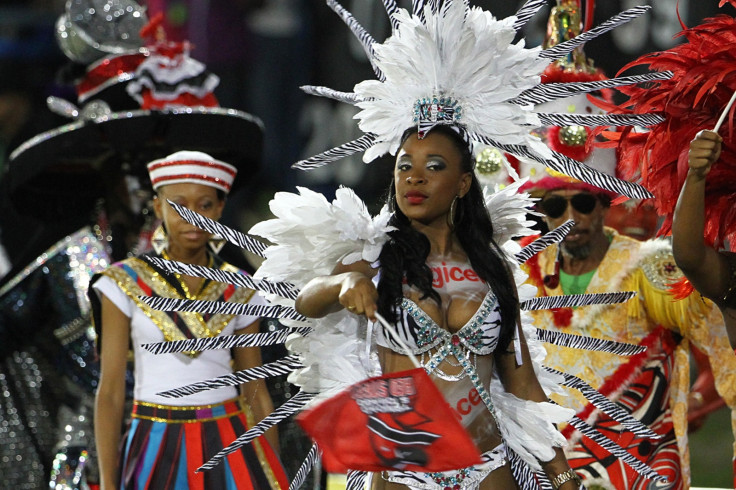Trinidad and Tobago Carnival 2016: Everything you need to know about the Caribbean festival

The Trinidad and Tobago Carnival is one of the biggest events in the Caribbean calendar, with thousands flocking to the islands to see the glittering costumes and energetic celebrations. The festival takes place every year before Ash Wednesday and the beginning of Lent. In 2016, the carnival takes place on 8 and 9 February.
The event dates back to the late 1700s when French plantation owners would organise masquerades and balls before the fasting of Lent. Labourers and slaves who were unable to take part in the carnival formed their own celebration, Canboulay, from the French cannes brulées, meaning burnt cane.
What happens?
It is the most significant event on the islands' cultural and tourism calendar, and there are colourful parades and street parties with bands and dancing, as well as 'band launch fetes' in the run up to the main street parade.

Although the Trinidad and Tobago carnival is traditionally associated with calypso music, this has more recently been replaced with Soca music – a genre of Caribbean music that originated within a subculture in the Trinidad and Tobago in the late 1970s, before developing into a range of styles in the 1980s and later. Costumes, stick-fighting and limbo competitions are important components of the carnival.
Why did the steelpan become popular?
The music of the steelpan, the national instrument of Trinidad and Tobago, is central to the carnival. In response to the Canboulay Riots – when the descendants of freed slaves on the islands protested against attempts by British police to crack down on aspects of the carnival – stick fighting and African percussion music was banned in 1881.
They were replaced by 'Bamboo Tamboo' sticks beaten together, which were in turn banned. In 1937, pans, dustbin lids and oil drums were used as percussion instruments and became a popular section of Canboulay music contests. In 1941, upon the arrival of the US Navy on Trinidad, steelpan music became popular among soldiers – which led to its international popularity today.
© Copyright IBTimes 2025. All rights reserved.





















